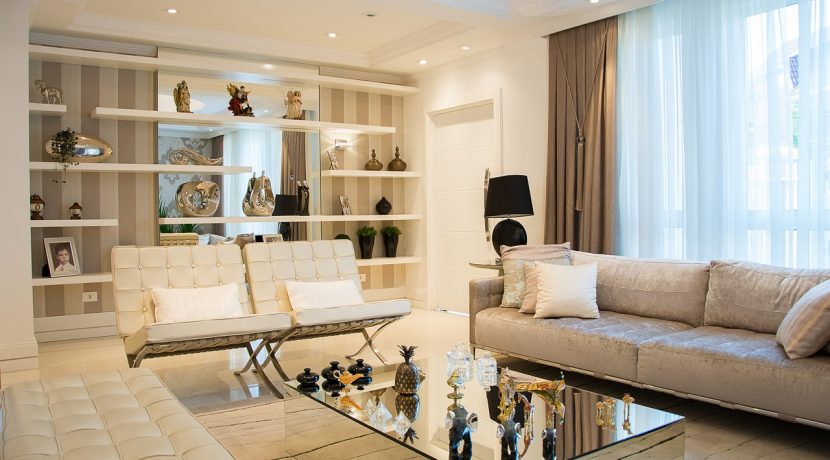As we continue to get more discerning in order to create a difference in our living and work spaces, advance print technology is now making it possible to cost-effectively translate our personal expressions, design aspirations, into graphic art, whether on to office walls, tabletops or kitchen cabinets. In short, it is now possible to literally print our décor!
PW spoke with Ayman Ali, senior marketing manager of Canon Middle East, about the technology behind this phenomenon and on printing customized interiors.
Is it truly possible now to print décor now, at home or in commercial spaces?
Interior design companies are responding to consumers’ need for individuality by giving them the opportunity to design their own products. Digital printing is meeting this demand for tailor-made services perfectly, with solutions that not only provide a platform for customization, but at a relatively low cost and with a fast turnaround. Canon offers a broad spectrum of print solutions that suit the décor requirements of present day consumers. Using Canon print technology, we can convert a simple design file into a printed product that moves into post production of finishing and is then delivered to the customer as a final product.
Inkjet printing provides significant advantages to the décor industry as it can be used in many diverse applications with the ability to print on a wide range of materials. It caters to the increasing consumer demand for personalized decor where individuals want their homes to look uniquely theirs, from a specific pattern on the curtains to the display of pictures on the wallpaper itself. Brands on the other hand are looking to have their décor reflect their unique work culture and image with customized working environments. In commercial spaces personalization creates a different ambience within stores as well creating unique experience for consumers visiting these stores and commercial operations.
And we have done our research to support this, which has showed that all major market intelligence organizations in the digital print arena have identified industrial print – and printed interior décor specifically – as a major growth application.
Is the market potential in the design and décor industry influencing the trends in print?
Trends in décor are constantly changing. Whether it’s for commercial interiors such as offices, retail spaces and hospitality suites, or for individual consumers, these movements in design are calling for interiors to be more adaptable, personable and dynamic than ever before.
Even across Canon’s diversified portfolio, we see that personalization attracts a premium, as 71 per cent of consumers are prepared to pay a premium for personalized items. The evolving technical capabilities and production advantages of digital print coincide with several current and ongoing socio-economic trends such as the consumer demand for personalization of products and services; the pressure on the global retail sector from e-commerce; changing shopper behavior which requires retail spaces to be more immersive and engaging.
Could this have commercial applications? Is there a future possibility of hotel interior renovations being printed?
Changing market potential and consumer requirements also put pressure on customers in retail, hotel, event and catering spaces to evolve and differentiate their offering. Design, including décor, plays a key role in meeting customer needs, adding value and driving revenue.
We are also witnessing a growing interest in the role of design and interior décor in improving health care and educational environments, and the impact of the built environment on patient/student wellbeing and medical and educational outcomes. The desire for customized environments also applies to other travel and leisure environments such as cruise ships, airlines and so on, extending the opportunity for Print Service Providers (PSP), who are our key target, as they cater to end-user needs.
Corporate and office spaces are also becoming more dynamic and increasingly design led with changing attitudes to work/life balance, the need to attract and retain young workforce talent, and the desire to optimise productivity and employee engagement. This demands workspaces that are less rigid, more flexible, more comfortable and more inspiring. Changing expectations from both commercial and domestic clients require interior design to be more flexible and adaptable, whether for practical reasons, in response to fast-changing fashion trends, or to reflect seasonal changes.
In a more cost-sensitive environment with a strong focus on ROI and restrained consumption of materials on both cost and environmental grounds, designers increasingly need to realize creative ideas within fixed budget constraints, especially for commercial spaces which is where print décor comes in.

